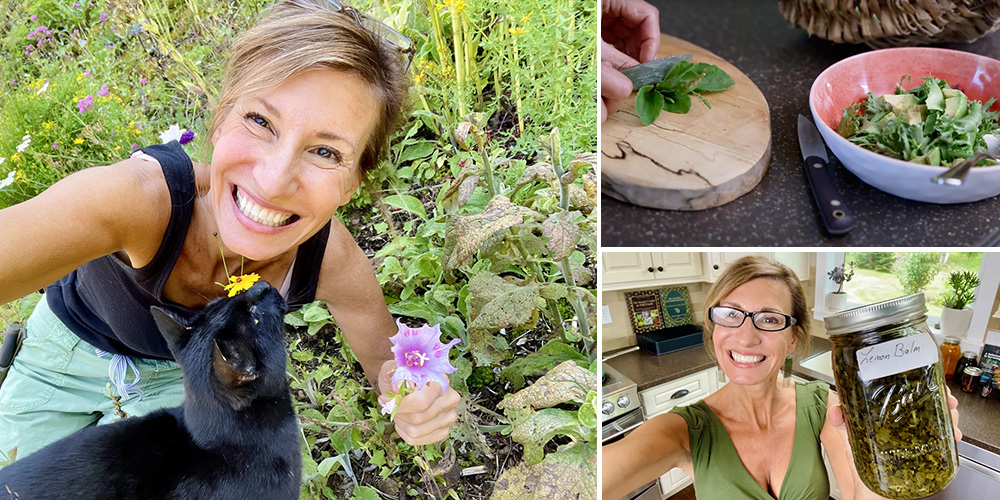
My Top 10 Herbal Remedies for Beginners
What is Plant Medicine and How to Get Started
Have you ever wondered where to begin with using medicinal herbs? To be honest, it can be overwhelming. This is why I recommend people start with a handful of readily available, versatile herbs and then build from there. Learn all that you can about each one so that it will become second nature for how to use it when a need arises. It is also important to know about any safety concerns or contraindications. Below are some of my all-time favorites. I have also included general instructions for how to make a tincture and salve. I hope you find this post helpful!
Practical Herbalism — My Favorite Botanicals
Mullein (Verbascum thapsus) — Part of the Figwort/Snapdragon family, mullein is found throughout the United States and is considered a naturalized weed in the Eastern USA. You can find it along roadsides, meadows, and waste ground — particularly gravel, sand, or chalky soil. While it will grow in a variety of environments, it tends to prefer disturbed ground. With velvety soft leaves and an erect flowering stalk that can grow up to 8 feet (2.4 meters), mullein is difficult to miss.
Uses: Mullein is anti-inflammatory, antiseptic, antispasmodic, astringent, demulcent, diuretic, emollient, expectorant, pain-relieving, and wound healing. I like to combine mullein and lungwort lichen as an effective bronchitis tincture, which can be found in my apothecary. Mullein is outstanding for other respiratory complaints as well, including laryngitis, tracheitis, asthma, and tuberculosis.
Mullein is also helpful for warts when the powdered roots are rubbed into the skin. Moreover, the herb can be used for cramps and muscle spasms, and gastrointestinal issues including intestinal worms. For earaches and ear infections, an oil infusion of mullein, garlic, and yarrow is outstanding when applied directly within the ear canal and plugged with cotton. Sunburns and inflammatory conditions respond well to mullein oil applied to the skin. Combine with St. John’s Wort in the case of sunburned skin.
Safety: Do not use mullein if you are pregnant or breastfeeding. In some people, it can cause skin irritations, stomach pain, and breathing difficulties. These are allergic reactions, so discontinue use if these symptoms occur.
Blue and Black Elderberry (Sambucus nigra ssp. caerulea and Sambucus nigra ssp. canadensis) — One of the most useful herbs you can keep on hand, elderberry grows as a large woody shrub and can reach up to 12 feet (3 meters) tall. The bark is smooth and green when young. As it ages, the bark turns smooth and brown with round lumps. In later years it also develops vertical furrows.
Uses: Elderberry is a highly-effective antiviral and can lower the risk of catching the flu or a cold. It also reduces the severity of these illnesses if you do become sick. These berries strengthen the immune system as well. Importantly, prepared elderberry can be used by children and those with autoimmune disorders. Externally, elderberry flower tea can be used as an eyewash for conjunctivitis. The leaves are effective as a poultice or when extracted in an oil for bruises, sprains, and hemorrhoids. A convenient concentrated elderberry tincture is available in my apothecary.
Safety: It is important to always cook fresh berries before using to avoid adverse reactions. The flowers can be used after drying. Other parts of the plant are poisonous. However, the leaves can be used externally.
Important Differentiation: Some people mistake elderberry with the deadly poisonous water hemlock. Water hemlock is an herbaceous plant, not woody, and it does not have bark. The main stem of water hemlock is hollow, while elderberry is filled with a soft pith. Water hemlock stems often have purple streaks/splotches and purple nodes. Older plants may be entirely purple.
Usnea Lichen — Found hanging from the bark of trees like long strands of a beard, usnea lichen is gray-green in color and has stretchy inner fibers and a white core. The best time to harvest is after a storm where branches that have the lichen growing on it have broken and fallen to the ground. When dual-extracted to access its full properties, usnea is an outstanding natural antibiotic, anti fungal, antimicrobial, and antiviral.
Uses: Usnea can be used both internally and externally for strep, staph, MRSA, and tuberculosis. It is also a powerful antibiotic and excellent remedy for Epstein-Barr, herpes, and HPV. Moreover, it helps to heal respiratory issues, sinus infections, strep throat, colds, and influenza. Additionally, usnea is effective against yeast infections, athlete’s foot, jock itch, ringworm, dandruff, and other fungal infections. If you need to stop external bleeding, usnea is your herb! Apply the lichen directly to the wound, then wrap with a gauze bandage. A potent, dual-extracted usnea tincture spray is available in my apothecary.
Safety: Usnea lichen is a highly concentrated medicine and should not be taken continuously in large doses. Take it as needed for specific problems. I personally use a spray in my throat as a preventative for illness, but that is a very low dose (versus taking a large amount of internal tincture daily) and I have had no ill effects or abnormal liver enzyme readings. Do not use Usnea internally during pregnancy or breastfeeding, as safety is unknown. Usnea lichen absorbs pollutants and toxins from the environment. Do not harvest the lichen in areas exposed to heavy metals, roadway exhaust, industrial spaces, or waste areas.
Yarrow (Achillea millefolium) — In the Aster/Daisy family, yarrow is found throughout the world in temperate zones. It has many uses, which is why I always keep it in my medicine bag. Growing up to 3 feet (0.3m to 1 meter) high, yarrow is an erect plant that has finely divided feathery leaves growing along the stem. The tiny disk flowers bloom in white to yellow, pink, and red from May to June.
Uses: Yarrow is an incredibly versatile herb. It can quickly stop internal and external bleeding, eases swelling, reduces inflammation, and promotes healing through antibacterial action. Infused yarrow oil or salve works well for bruises, sprains, swelling, and hemorrhoids when applied topically. Alternatively, a poultice made of the leaves can be used.
This herb also reduces the duration of the measles, colds, and fevers. I like to use a tincture, (like the one found in my apothecary) for this purpose, although a less palatable option is chewing raw yarrow or drinking it as a tea. Moreover, yarrow is helpful for menstrual problems, from lack of menstruation to excessive bleeding and cramping. It also tones the uterus after childbirth and prevents hemorrhage. Lastly, it can alleviate dental pain when you chew on the fresh root; promotes relaxation without sedation; and addresses mastitis when applied as a poultice and alternated between warm and cold compresses.
Safety: Do not eat yarrow or take yarrow tea during pregnancy. Some people are allergic to yarrow. Do not use it if you are allergic to plants in the Aster/Daisy family, if you develop a rash, or if any irritation occurs. Do not use it before surgery. Avoid yarrow it if you are sensitive to salicylic acid.
California Poppy (Eschscholzia californica) — Native to Western North America, this cheerful golden-orange flower can be found in coastal, foothill, valley, and desert regions in elevations below 7000 feet (2133m).
Uses: With gentle sedative effects, this plant is helpful for supporting sleep, stress-relief, anxiety, and PTSD. It is also antispasmodic. Since the plant is non-addictive, psychoactive, or narcotic like other poppy species, it can be safely used for opiate withdrawal due to its effect on GABA receptors in the brain. The entire plant can be used, although the root is the most potent.
Safety: Due to the sedative properties of California poppy, do not drive or operate heavy machinery while using it. It is generally safe for children.
Marshmallow (Althaea officinalis) — While this plant is grown for commercial uses, it can often be found growing wild in the United States. It prefers cool, moist places on grassy banks of rivers, lakes, and marshes. Its large pale pink-white flowers with pale fuchsia stamens bloom from July to September. The plants grow from 4 to 6 feet (1.2m to 1.8m) tall.
Uses: Marshmallow is an outstanding herb for addressing digestive tract issues, such as gut inflammation, stomach ulcers, Crohn’s disease, irritable bowel syndrome, constipation, indigestion, heartburn, and leaky gut. It is also excellent for treating coughs, bronchitis, asthma, and congestion. An ointment made of marshmallow root and slippery elm can calm skin irritations and ulcers when applied topically. For healing leaky gut and digestive issues, marshmallow is combined with several additional herbs in my Balanced Gut Blend.
Chamomile (Matricaria chamomilla) — A well-known calming herb with sedative properties, chamomile is part of the Aster/Daisy family. It is readily recognizable by its yellow cone that is surrounded by 10-20 downward-curving petals. This plant can be easily cultivated and also grows wild in open, sunny locations with well-drained soil. Chamomile does not do well in excessive heat or dry conditions.
Uses: This pretty little flower is useful for many conditions, including: sciatica, rheumatic pain, eczema, hemorrhoids, irritated eyes, upset stomach, sore muscles and joints, wounds, and nervous tension. It is gentle enough to be used by children when brewed as a tea for digestive complaints, restlessness, and poor sleep. For lung issues, chamomile can be inhaled by adding 2 or 3 drops of the essential oil to a vaporizer or by steeping two teaspoons of chamomile flowers in a pot of boiling water. Chamomile can also be found in our potent Sleep Blend formulation in the apothecary.
Safety: While rare, some people are allergic to chamomile. If you have an allergy to the Asteraceae family, including ragweed and chrysanthemums, you should not use chamomile.
Lavender (Lavandula angustifolia) — With beautiful bluish-violet flower stalks and a wonderful fragrance, lavender is one of the most beloved medicinal herbs you can cultivate. Common lavender grows from 1 to 3 feet (0.3m to 1 meter) and has green leaves with scattered hairs on the upper leaf surface in mature plants. It can be found growing wild among rocks in exposed and parched environments and thrives in warm, dry areas.
Uses: Exceedingly versatile, lavender is a popular herb for good reason. It is often used for relieving anxiety, depression, hair loss, insomnia, fungal infections, acne, dry skin, psoriasis, respiratory complaints, edema, high blood pressure, urinary tract infections, and cracked skin. The essential oil of lavender is also an excellent insect repellant and calms the nervous system. Additionally, it helps to kill and repel lice when diluted with a carrier oil such as jojoba, coconut, or olive oil and applied to the scalp. Let it sit for about an hour, then wash the oil away and use your nit comb. Adding a drop or two of lavender essential oil to your shampoo or hair rinse will help to keep lice away.
Safety: Lavender is generally safe when consumed in small amounts or taken orally in short-term medicinal amounts. However, some people may experience allergic skin reactions, constipation, headache, or increased appetite when using lavender products. There have also been a few reports of breast swelling in children who used topical products containing lavender, but the cause is unclear. Lavender is not well-studied for its safety during pregnancy or breastfeeding, so it is advisable to consult your healthcare provider before using it in these situations. Lavender may also interact with some medications, such as sedatives, antidepressants, or blood pressure drugs, so it is important to check with your doctor before combining lavender with any prescription or over-the-counter drugs.
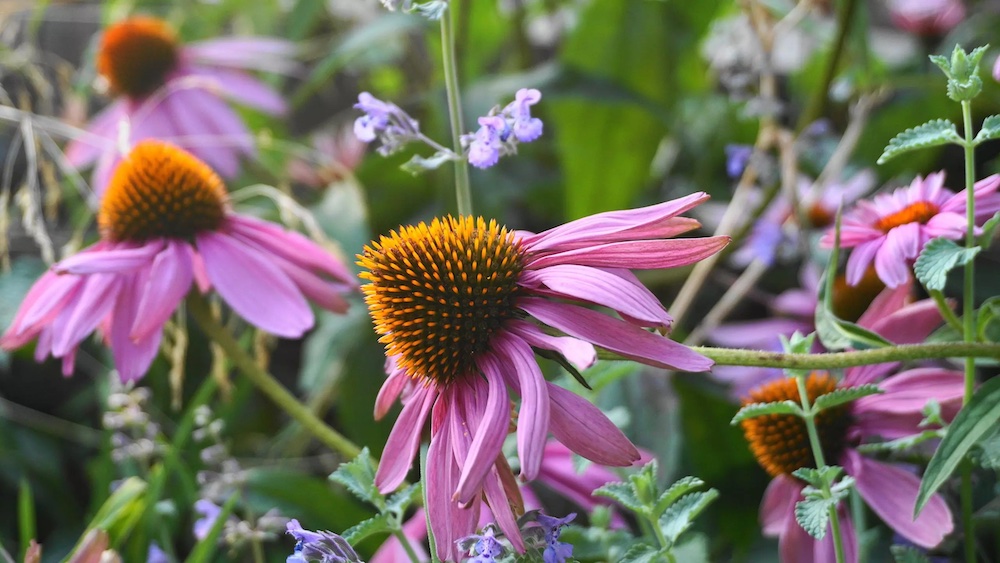
Echinacea (Echinacea angustifolia and E. purpurea) — Otherwise known as purple coneflower, echinacea has attractive purple blooms that resemble small sunflowers. It is native to North America and easy to cultivate. In fact, it can be found growing wild in open rocky prairies and plains. The plant can reach between 6 to 24 inches (15 cm to 60 cm) tall and has widely spaced, lance-shaped green leaves. Harvest the roots in the autumn once the plant has died back. Once cleaned of dirt, the root can be dried for later use.
Uses: Famously known for supporting immunity, echinacea is also anti-inflammatory, pain-relieving, antiseptic, anti fungal, and antimicrobial. It addresses urinary tract infections, colds and influenza, allergies and respiratory diseases, burns, wounds, snakebite, stings, and spider and insect bites.
Safety: Do not use internally long-term as it may cause digestive upset. People with autoimmune conditions should avoid using echinacea internally as it boosts the immune system and can lead to a flare.
Calendula (Calendula officinalis) — With bright yellow or orange flowers and green, lance-shaped leaves, calendula is a beautiful (and useful!) addition to any garden. The plant can grow between 12 to 24 inches tall (30 cm to 60 cm) and has branched, sprawling stems. It is easy to grow and will flower year-round in warmer climates.
Uses: The bright and cheerful petals can be eaten raw in salads or enjoyed as a tea. The flowers can also be infused in oil for stimulating collagen production to reduce fine lines and wrinkles — or made into a salve that soothes bites, stings, rashes, cold sores, wounds, and burns. This herb is so helpful for a range of topical uses that I have included it in our convenient All-Purpose (First Aid) Salve. The bruised leaves can be applied as a compress or poultice to calm inflamed skin or infections. The leaves and flowers are antibacterial, anti-fungal, antimicrobial, and antiviral. Calendula stimulates the immune system, improves oral health, inhibits cancer, and eases PMS symptoms.
Safety: Some people are allergic to calendula. Do not use it if you are allergic to marigold, ragweed, daisies, chrysanthemums, chamomile, echinacea or other plants in the Aster/Daisy family. If you are not sure, start with a small test patch on the skin and increase use gradually if you do not have a reaction. Do not use calendula internally if you are pregnant or breast- feeding since safety is unknown. Do not use calendula internally if you are taking prescription medications without consulting with your doctor first.
The Lost Book of Herbal Remedies I & II: Your Ultimate Resource for Plant Medicine
Discover the secrets of 169 powerful healing plants, lichens, and mushrooms in The Lost Book of Herbal Remedies: The Healing Power of Plant Medicine. This comprehensive guide features stunning color photos and detailed descriptions to help you identify and use these natural remedies. Whether you are a beginner or an expert herbalist, you will learn how to harvest, prepare, and apply these plants for a variety of health benefits. From tinctures and oils to poultices and salves, you will find everything you need to create your own herbal medicine cabinet at home. Don’t miss this opportunity to reconnect with nature and heal yourself with “The Lost Book of Herbal Remedies”.
The success of the first book motivated me to release the sequel: The Lost Book of Herbal Remedies II. It completes the first book. You’ll find only new plants and very different remedies such as:
 These two books together cover all the medicinal plants and the most powerful natural remedies. Tap here to learn more!
These two books together cover all the medicinal plants and the most powerful natural remedies. Tap here to learn more!






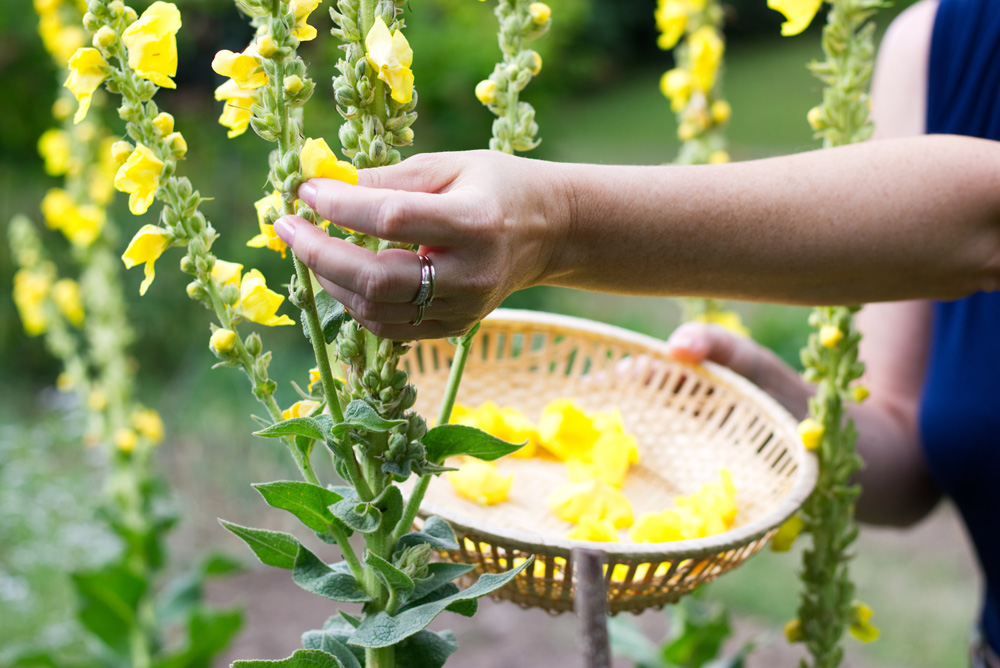
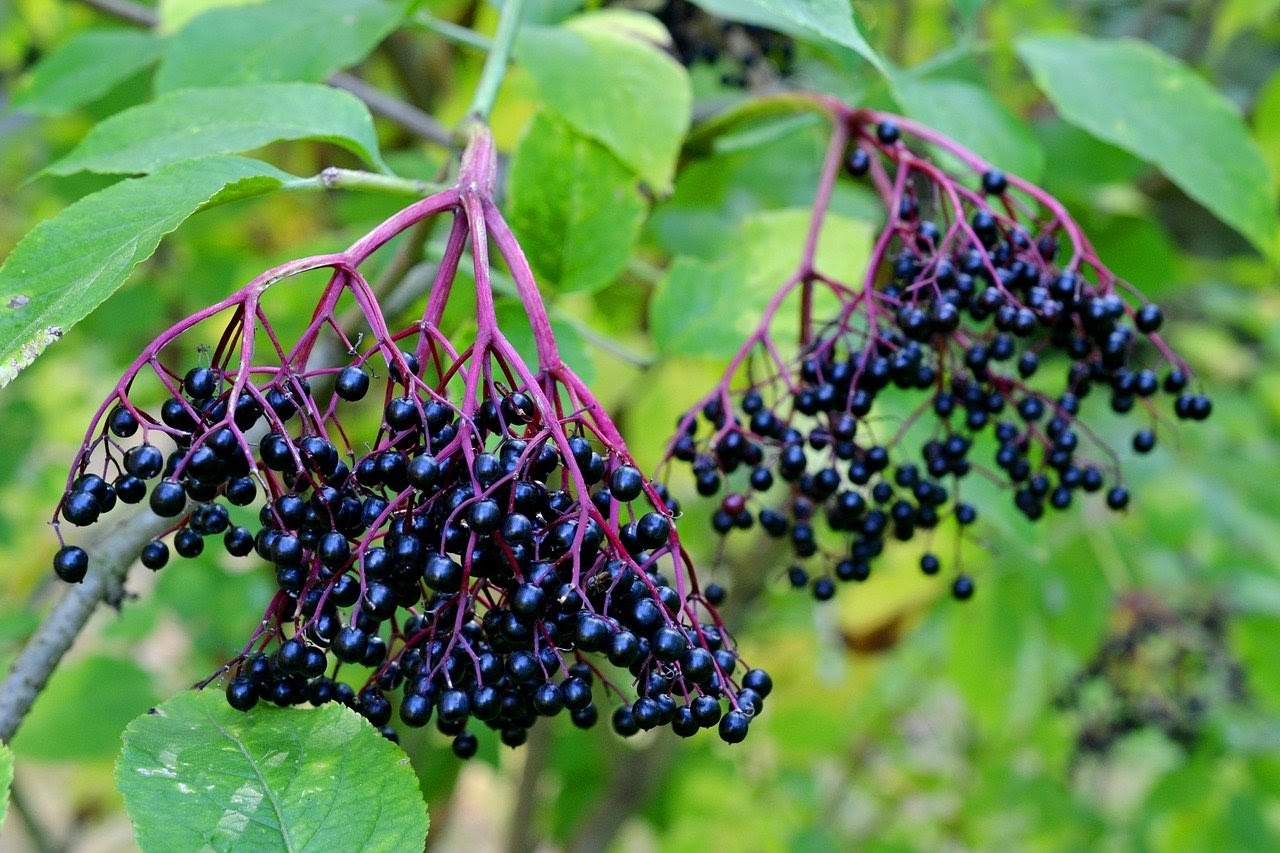
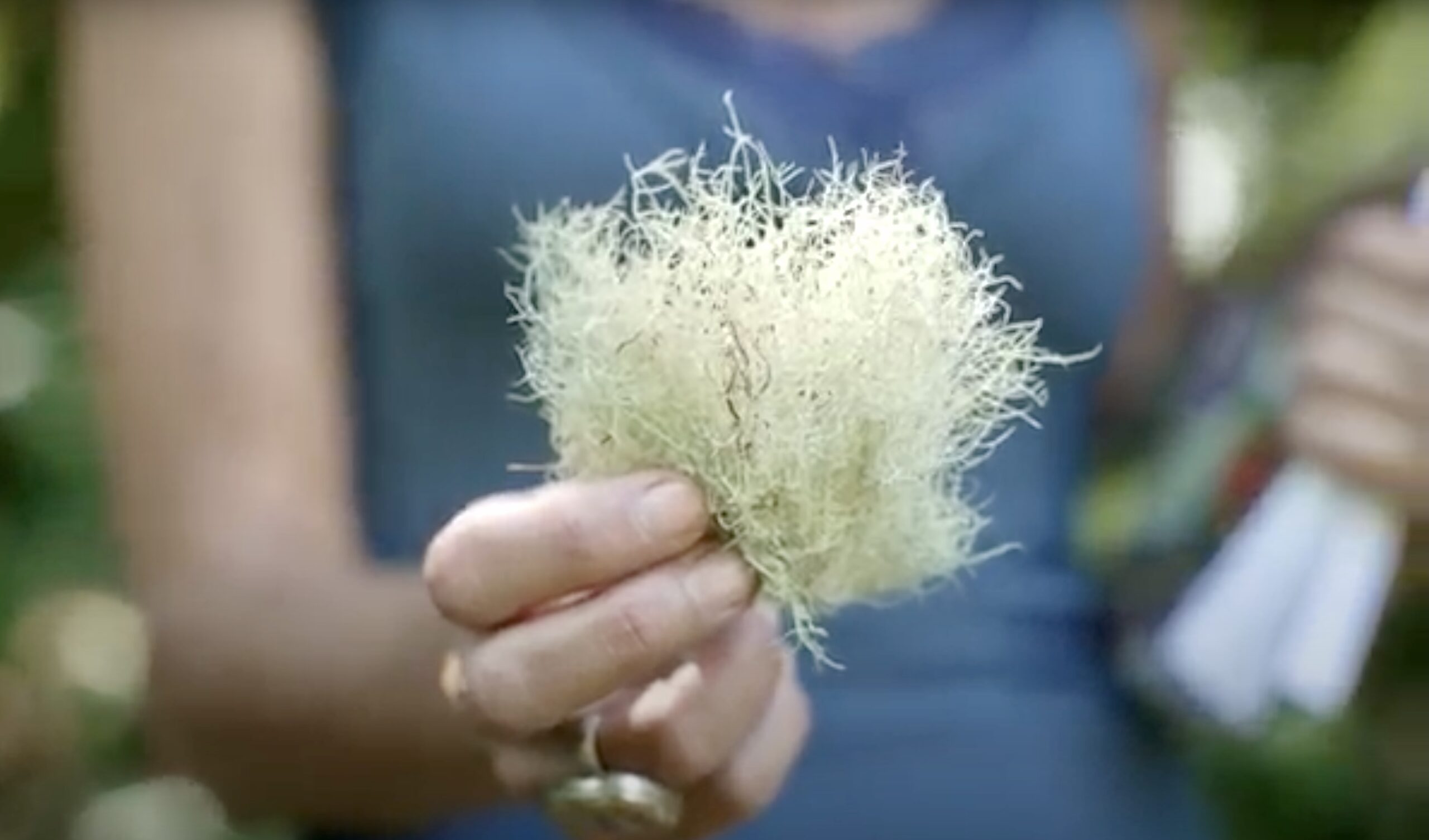
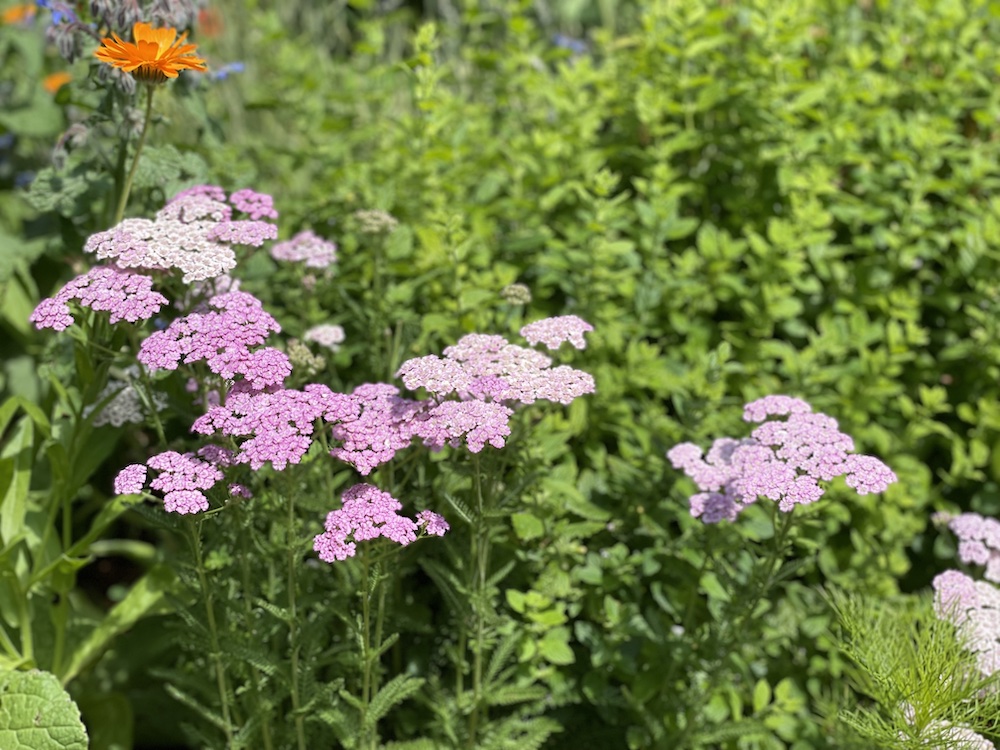
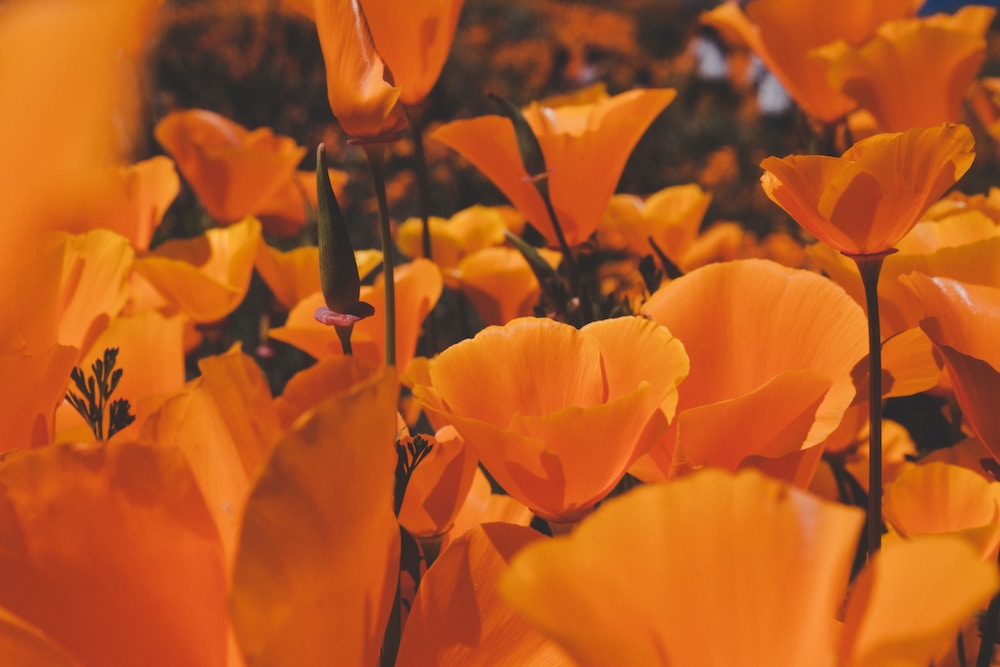
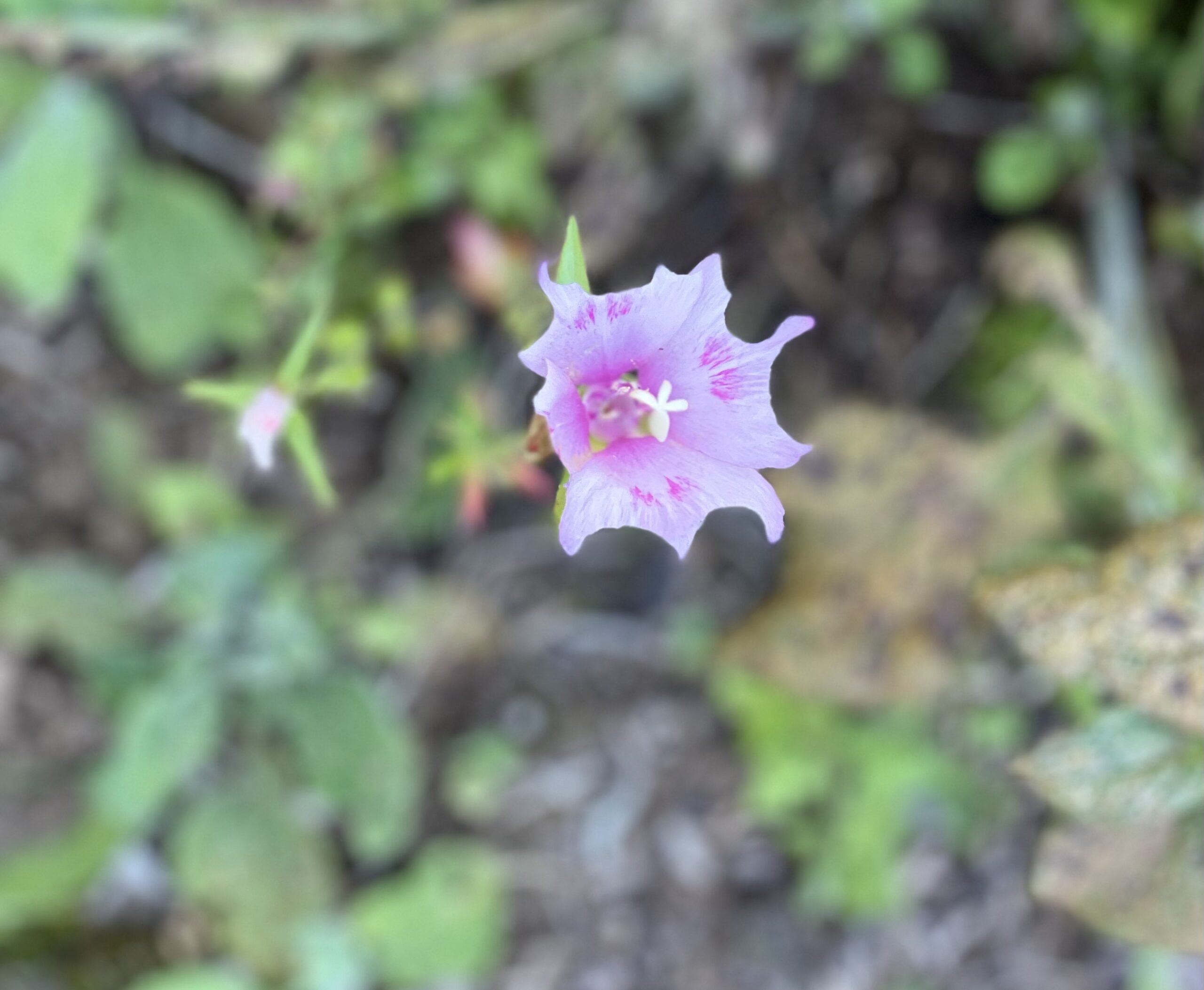
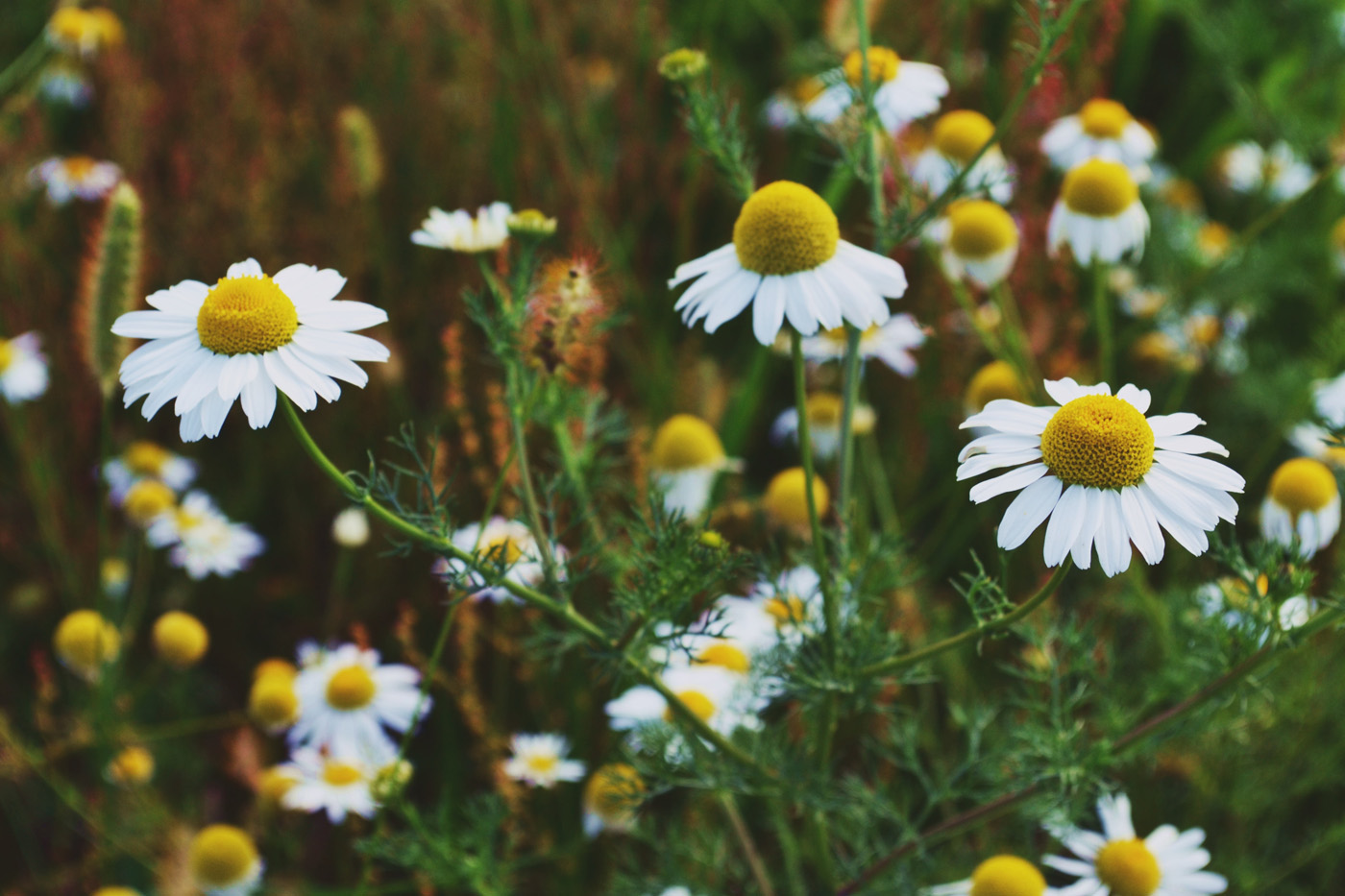


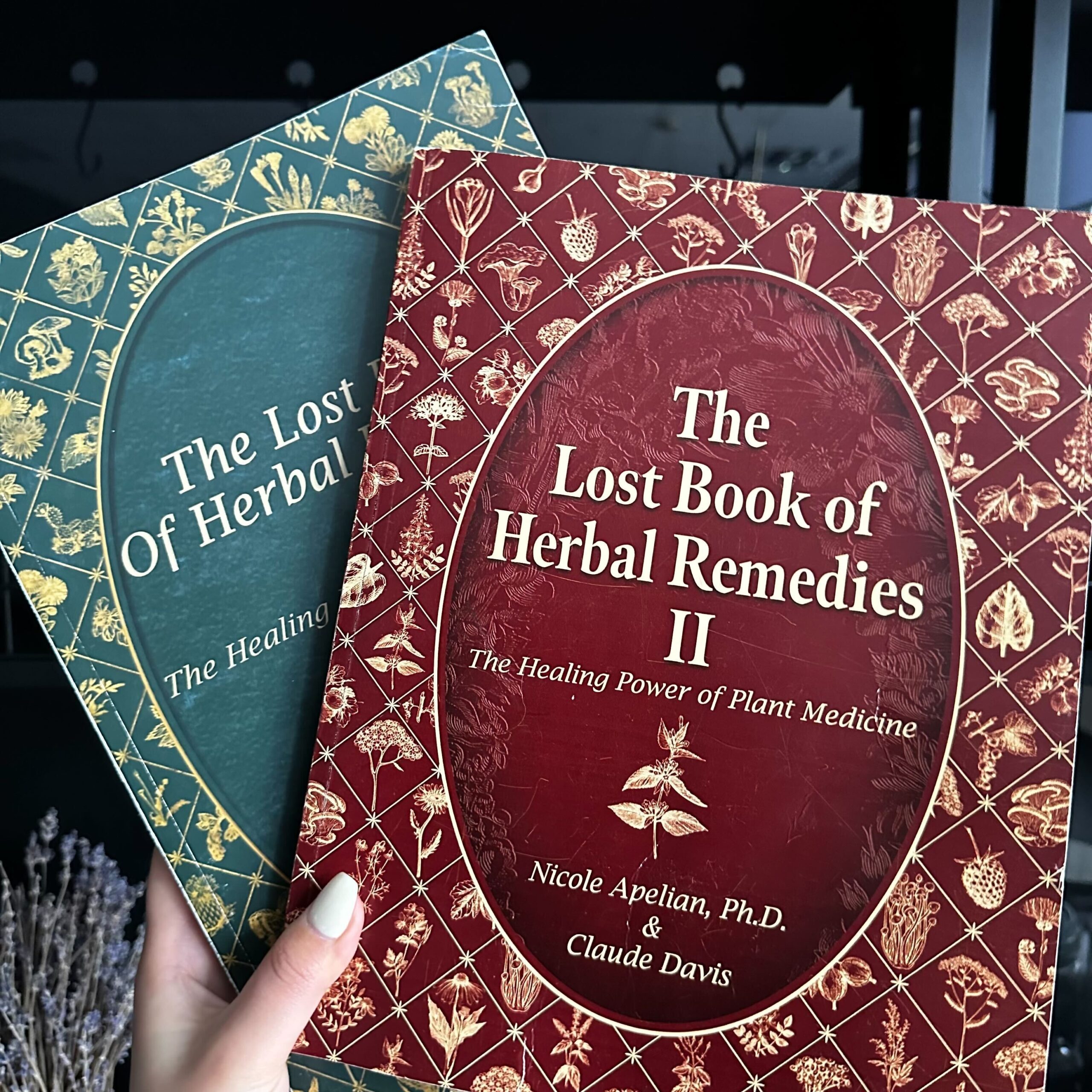
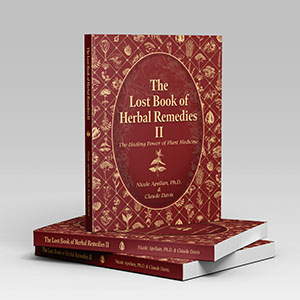
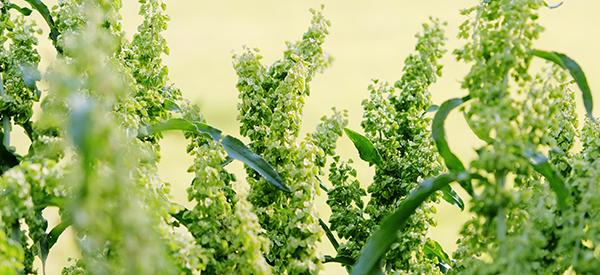
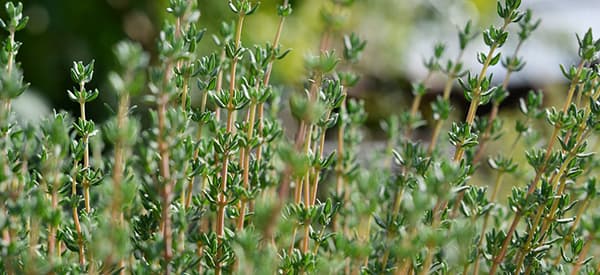
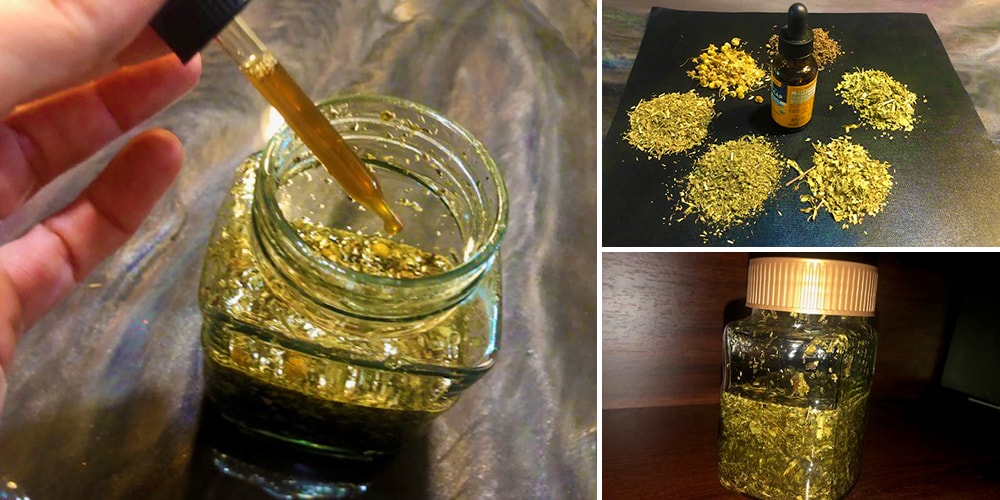
I absolutely LOVE your Books Nicole and have a few of them including Lost Book of Herbal Remedies I. Please, please tell me that this book will be available for shipping to Canada soon. Canadians desperately need this information, I know I do. I will happily pay whatever is required to get it through Customs if that is the issue. Blessings.
Do any of these plants grow wild in Hawaii?